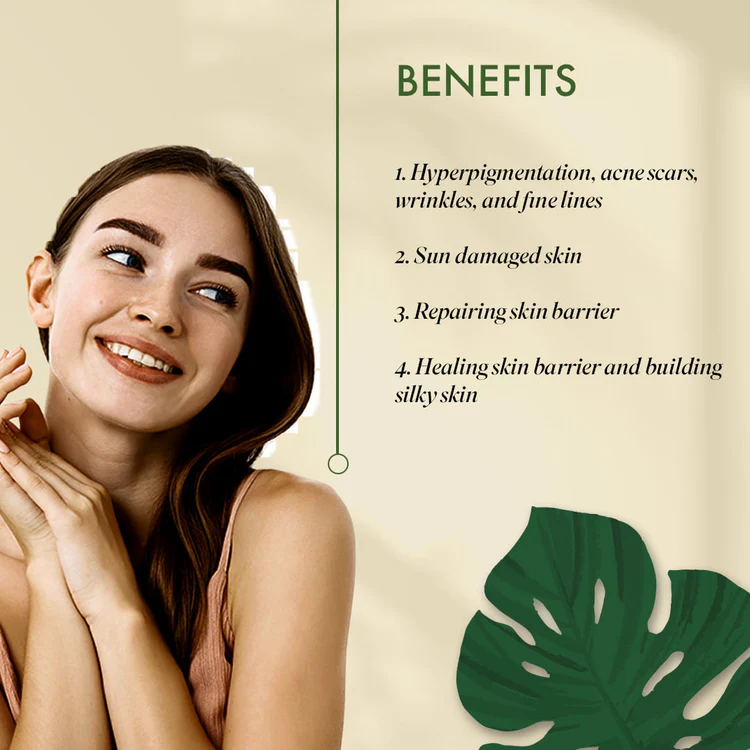If you’re looking for ways to enhance your skin’s health and appearance, the term astaxanthin skin pigmentation is one you’ve likely come across. Astaxanthin is a powerful carotenoid antioxidant found in certain algae and seafood, and it has gained attention for its ability to support skin from the inside out. Unlike tanning products or melanin boosters, astaxanthin doesn’t darken the skin in the traditional sense.
Instead, it works by protecting skin cells from oxidative stress caused by UV exposure and environmental pollutants, which are major contributors to premature aging, wrinkles, and uneven tone.

Table of Contents
What at the Benefits of Astaxanthin Skin Pigmentation
Some studies and anecdotal reports suggest that long-term supplementation with astaxanthin may create a subtle warm glow or slight bronzing effect in the skin. This isn’t due to increased melanin production but rather the compound’s natural pigmentation combined with its antioxidant support. Regular use may also improve skin elasticity, hydration, and overall resilience, making your complexion appear healthier and more vibrant.
Whether you’re looking to reduce visible signs of aging, protect your skin from daily damage, or simply explore natural ways to maintain a radiant complexion, understanding how astaxanthin skin pigmentation works can help you see why this supplement has become popular among skincare enthusiasts.
It’s not a quick fix, but with consistent use, astaxanthin can be a valuable part of a holistic approach to glowing, well-protected skin.
Astaxanthin Skin Color
Astaxanthin can influence skin pigmentation, though the effects are subtle and vary among individuals.
When consumed in significant amounts, it may impart a slight reddish or orange hue to the skin. This effect is due to the accumulation of astaxanthin in the skin’s fat layers, which can deposit pigments that alter skin tone.
The intensity and nature of the color change depend on factors such as dosage, duration of supplementation, and individual skin characteristics. Some users have reported a bronze or slightly orange tint, while others notice minimal to no change. These effects are generally reversible and diminish upon discontinuation of supplementation.
Considerations and Safety Regarding Astaxanthin and Skin Color
While astaxanthin is generally considered safe, excessive intake can lead to carotenosis—a benign condition characterized by orange discoloration of the skin.
This condition is harmless and reversible but indicates that the body has accumulated more carotenoids than it can process.
It’s important to note that astaxanthin supplementation should not replace conventional sun protection methods.
While it offers antioxidant benefits, it does not provide the same level of UV protection as melanin. Therefore, continued use of sunscreen and protective clothing is essential.
Conclusion on Astaxanthin Skin Tone
Astaxanthin can subtly influence skin color, potentially providing a slight bronzed or orange tint when consumed in higher amounts. However, this effect varies among individuals and should not be relied upon for sun protection. If you’re considering astaxanthin for its skin color effects, it’s advisable to consult with a healthcare professional to determine appropriate dosages and ensure safe usage.
Does Astaxanthin Change Skin Color?
Astaxanthin does not change your skin color in the same way that tanning or melanin production does. It is a naturally red-orange carotenoid, and when taken consistently in supplement form, it can sometimes give the skin a very subtle warm or slightly reddish undertone. This effect is usually faint and occurs over time, rather than producing an obvious change in skin tone.
The primary benefits of astaxanthin for skin are related to its antioxidant properties. It helps protect skin cells from oxidative stress caused by UV exposure and environmental pollutants, which can reduce premature aging, fine lines, and uneven tone. Any visible change in skin “color” is more of a soft glow or slight enhancement of natural pigmentation rather than a true color shift.

Photo credits: SuyuIndia, Oh My Koko